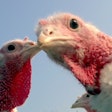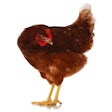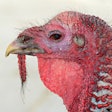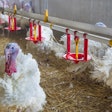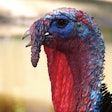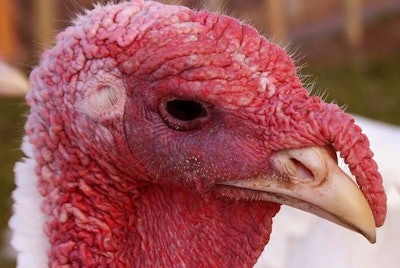
The presence of highly pathogenic avian influenza (HPAI) has been confirmed in commercial poultry flocks in the states of Minnesota and South Dakota.
Avian influenza in Minnesota
According to the United States Department of Agriculture (USDA) Animal and Plant Health Inspection Service (APHIS), the most recent case of HPAI in Minnesota was confirmed on November 7 in Stearns County.
The affected flock involved 71,000 commercial meat turkeys.
So far in 2023, 12 commercial poultry flocks have been lost to HPAI in Minnesota. In 2022, Minnesota lost more flocks to HPAI than any other state with 81.
It had been more than a year since Stearns County had an HPAI infection, but the county was hit hard by HPAI in 2022, with 12 turkey farms affected. The last of those was confirmed on November 1, 2022.
Avian influenza in South Dakota
Another instance of HPAI was confirmed in Charles Mix County, South Dakota, on November 8. APHIS reported that there were 74,100 commercial meat turkeys in this flock.
APHIS also reported that a commercial upland gamebird operation in Clark County had been affected by HPAI. However, information concerning the size of that flock has not been disclosed.
Prior to these two cases, South Dakota had had 72 confirmed cases of HPAI in commercial operations during the 2022-23 outbreak. Of those, 61 commercial flocks in the state were lost in 2022. It ranks second behind Minnesota for the number of flocks to be affected by HPAI during the past two years.
Designation changed for affected Iowa flock
APHIS earlier reported that the presence of HPAI was confirmed in a commercial broiler breeder hatchery in Hamilton County, Iowa, on November 6, with 15,000 birds affected.
However, the agency has since updated its list of HPAI infections on its website, and it no longer lists it as a commercial operation. Now, it refers to it as “WOAH Poultry,” which is typically how it lists backyard or non-commercial flocks.
View our continuing coverage of the global avian influenza situation.
To learn more about HPAI cases in commercial poultry flocks in the United States, Mexico and Canada, see an interactive map on WATTPoultry.com.









